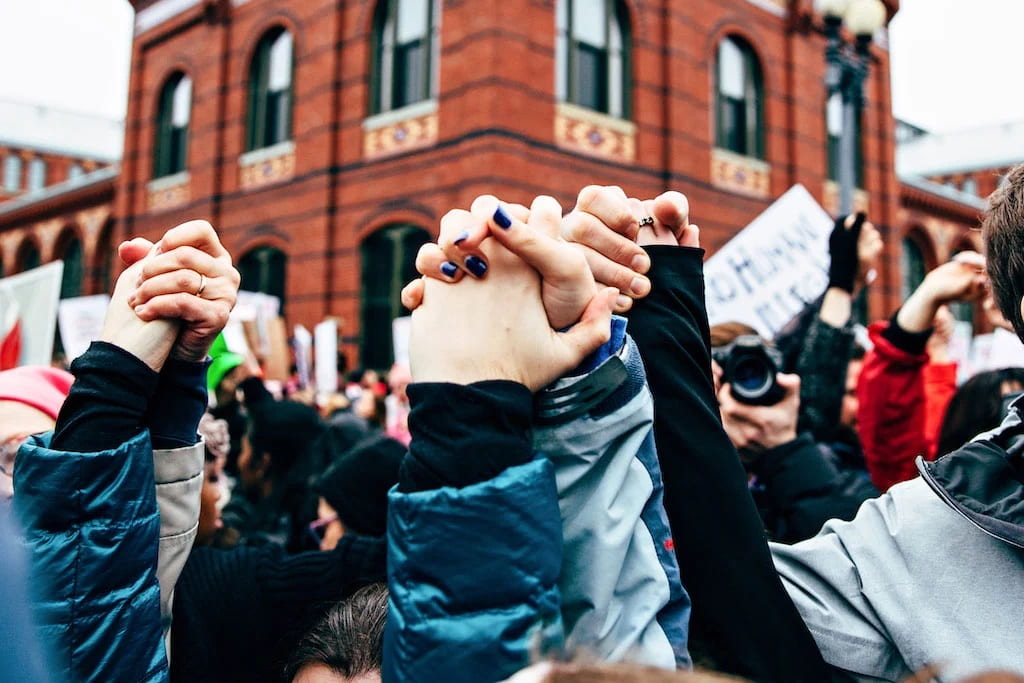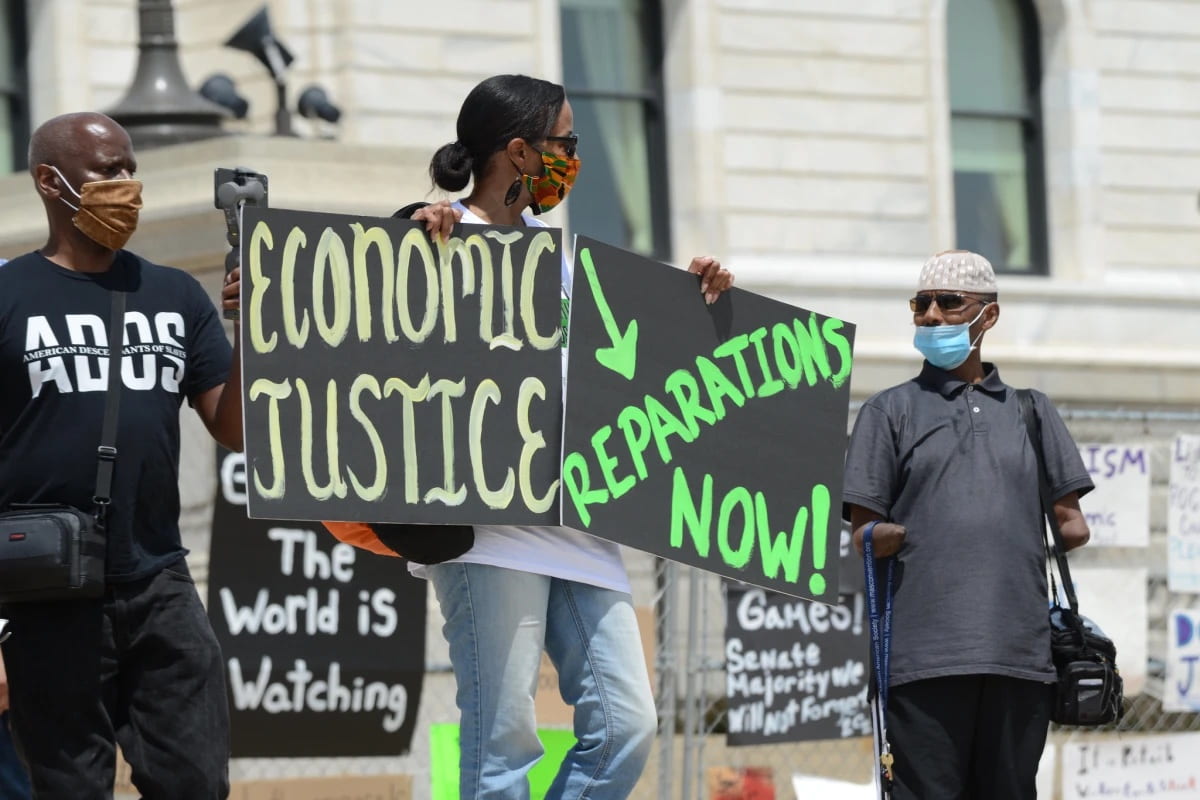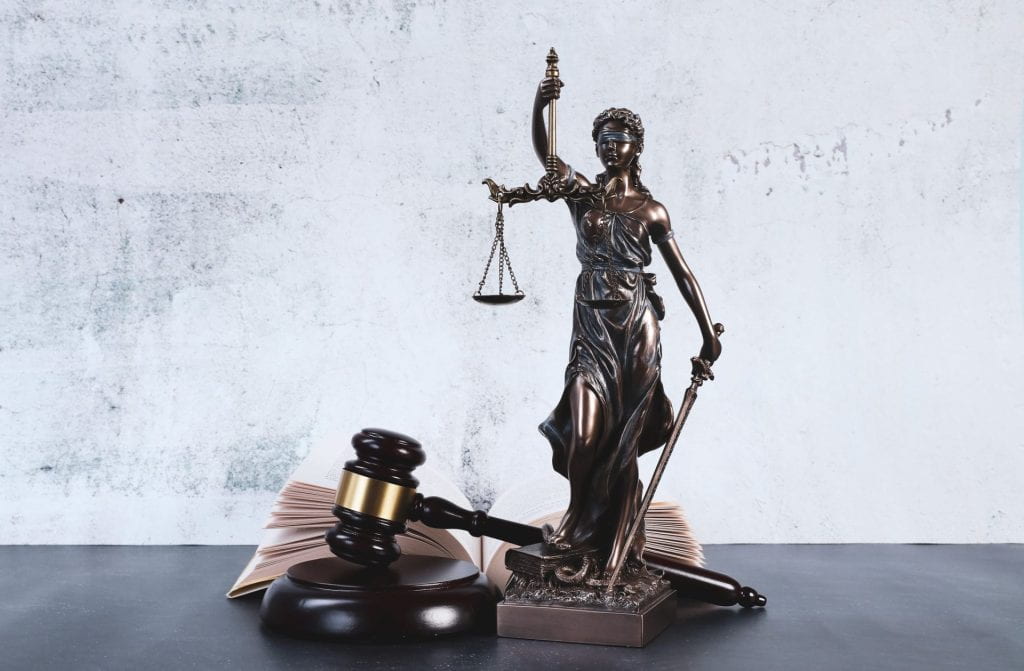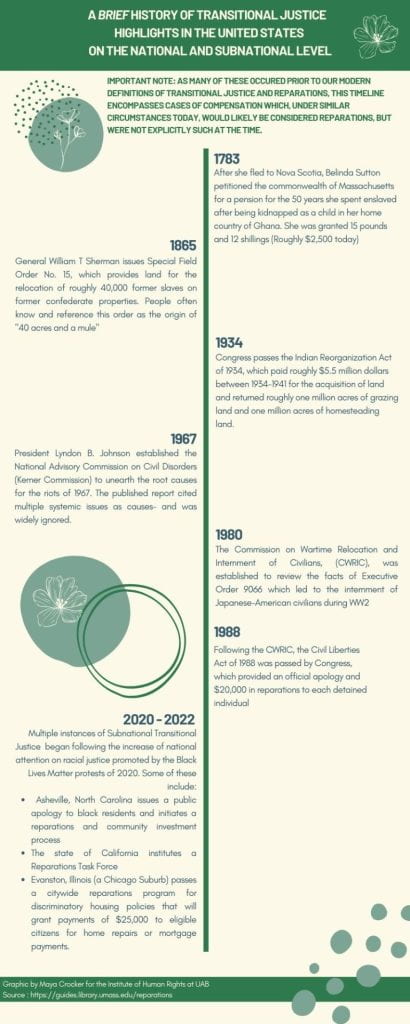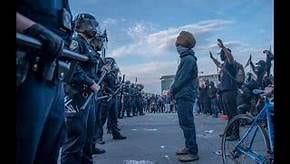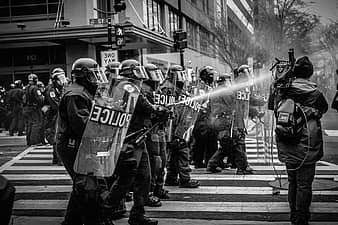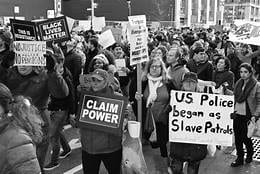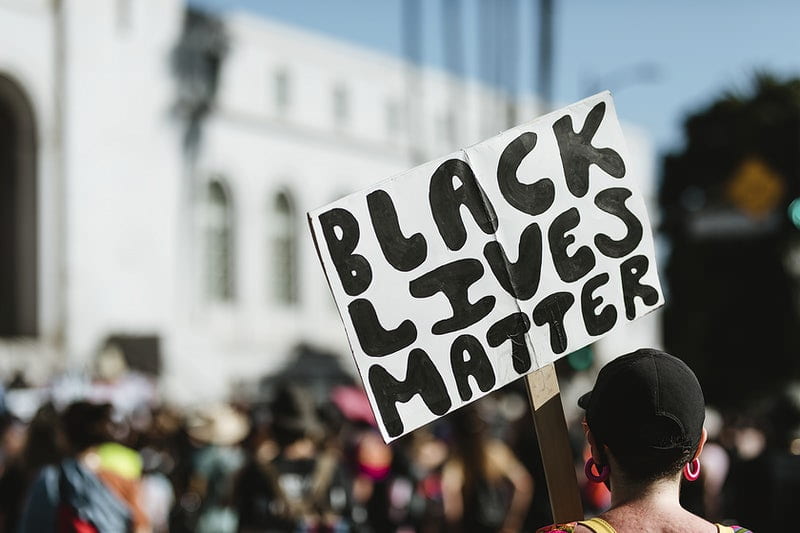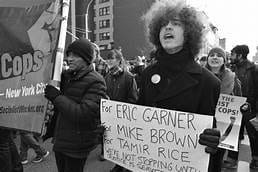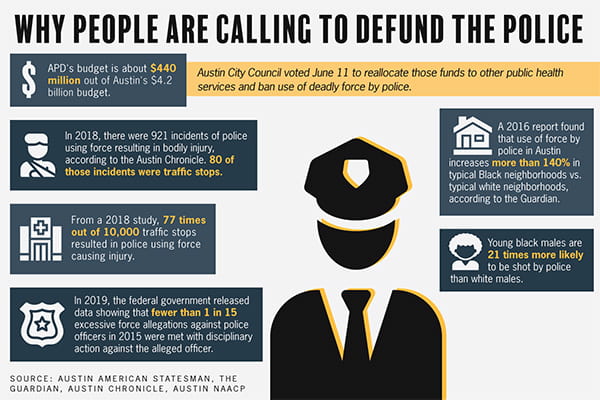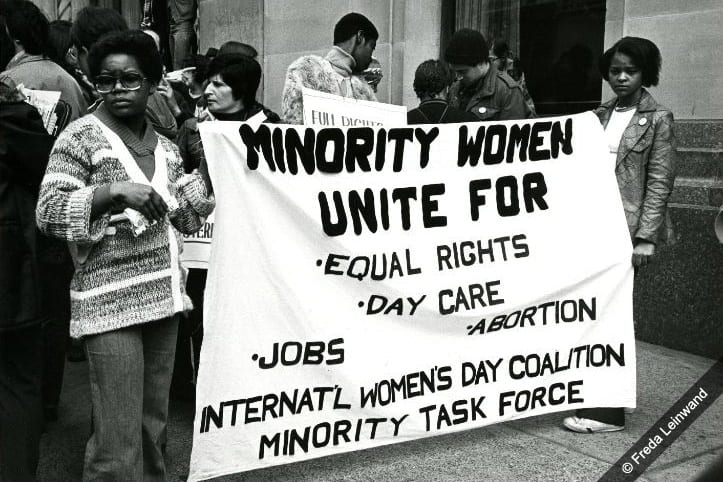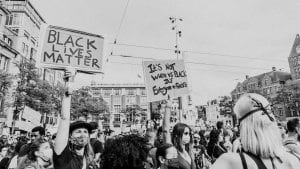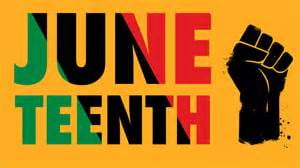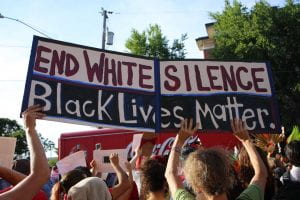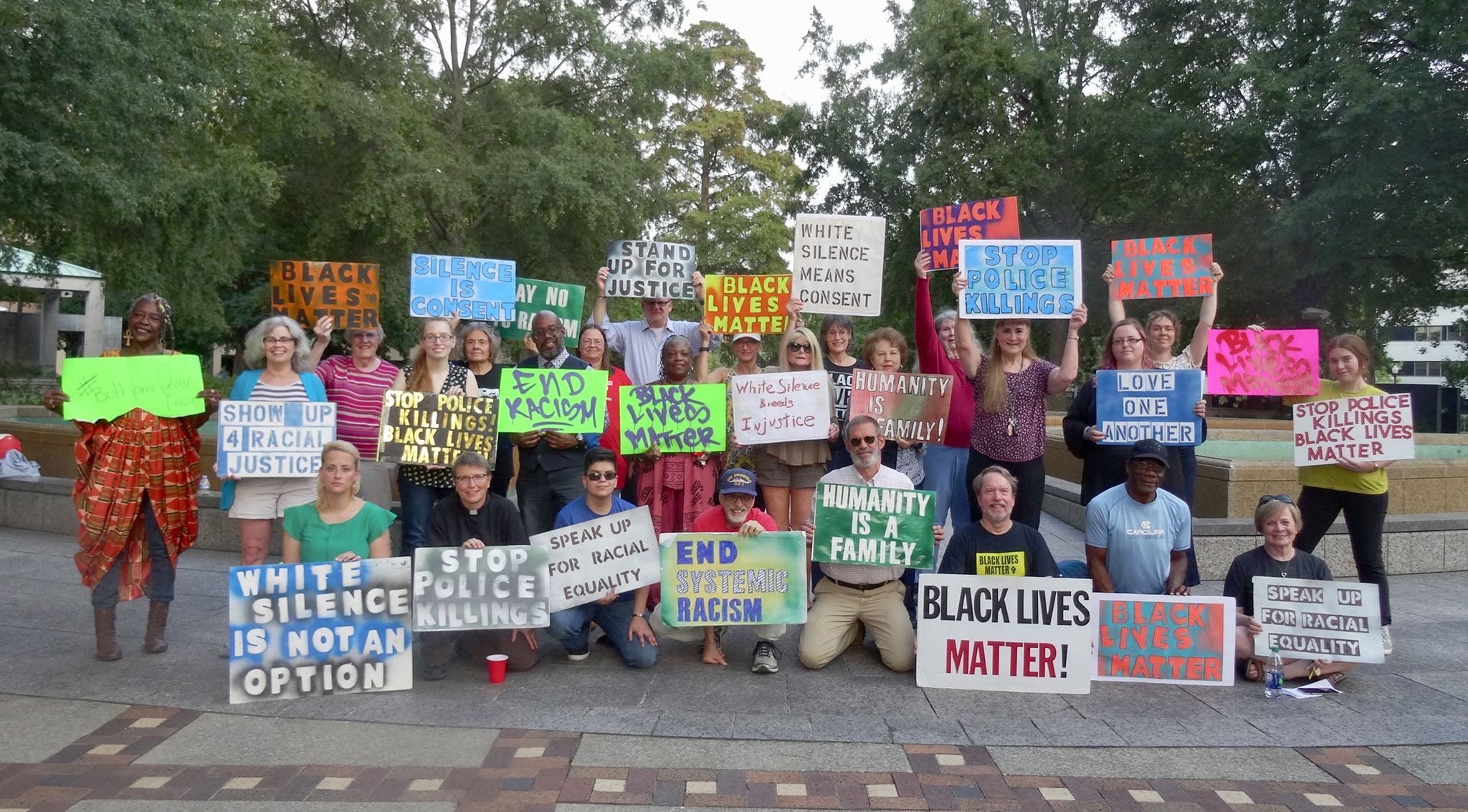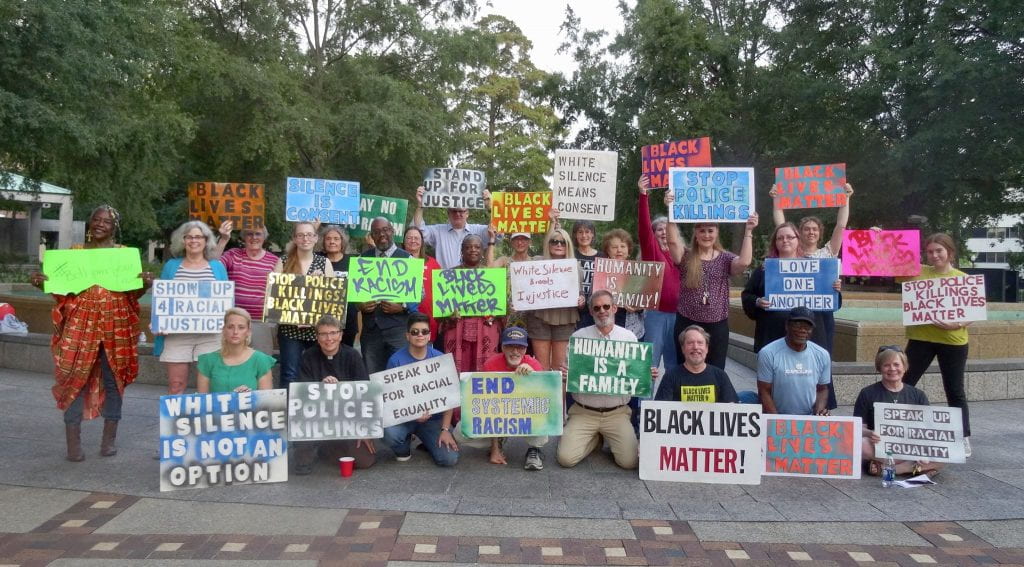With the start of quarantine in 2020 and the rise of the social media app TikTok, many activist movements come to light and shed knowledge on the horrific injustices. One of the most prevalent examples is the Black Lives Matter (BLM) movement in 2020 and the period following it; it has become crucial for individuals to speak out against injustices. In a sense, it is part of “cancel culture” not to speak out, or if you speak out on the incorrect issues. As important as that is, it has been observed that many liberals and progressives only stand against injustices for specific issues. In a way, it involves choosing who is more worthy of having their rights protected. This may seem like an extreme notion or definition of selective activism, but it is essential.
The idea of selective activism was first introduced to me while reading “Except for Palestine: The Limits of Progressive Politics” by Marc Lamont Hill and Mitchell Plitnick. Even though this book specifically regarded the issues of Palestine and Israel, it dealt with an extremely important point and message; when we label ourselves as activists, we must be activists in all important issues. This is not to say that selective activism is always done intentionally; sometimes, it is by mere mistake or lack of knowledge on various issues. Everyone is guilty of this. Sadly, there are so many human rights injustices in our world that it is impossible to dedicate all your time to fighting for them. But what one can do in these situations is to be cautious of all issues at their prevalent times.
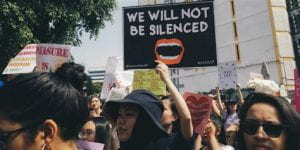
What is Selective Activism?
Selective activism is closely linked to the idea of selective hearing, only hearing what you want to hear. Its advocating for specific things only. The best way I have found to explain selective activism is through this quote in the book: “progressives and liberals who oppose regressive policies on immigration, racial justice, gender equality, LGBTQ rights, and other issues must extend these core principles to the oppression of others.” Some questions arise when speaking of selective activism; how do we choose? What makes one cause more worthy than another? The answer is simple. There are always causes that we feel especially connected to and that we constantly advocate for, but what is essential is that if one labels themselves as an activist, progressive, or humanitarian, then this needs to apply to all issues. If one is going to protest the killing of innocent individuals in America, then the same support must be shown to women in Iran. If one is going to advocate for Ukrainian refugees, then activism must be shown to MENA refugees and those whose countries are still under occupation. Ravyen Monroe, a writer for Affinity Magazine, explained it perfectly: “You can’t be an activist but stop advocating for certain groups when you get mad. You don’t get to pick and choose who is worthy of respect and who gets degraded by terms that have oppressed them for centuries…That’s not how activism works.”
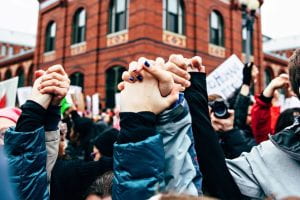
Instances of Selective Activism
The most recent example of selective activism can be the world’s response to the Ukrainian refugee crisis compared to refugees from the MENA region (see blog on this topic here). Although what Ukrainians are going through is indescribable and is seen as an urgent humanitarian crisis, the problem is selective activism. The attention given to Ukrainian refugees was commendable. They were given the necessary aid and protection as needed. However, the same support was not extended to refugees from the MENA region. An Armenian writer explained this as a betrayal and stated, “it hurts to feel that certain people are prioritized in the eyes of the media, and thus, the world.” This type of selective activism is not limited to political activism and can also be seen in environmental activism. For instance, climate change activists. Many took the stance against using plastic and began investing in metal straws once it became a trend but continued to utilize plastic throughout their lives.
Impact of Selective Activism
Selective Activism has negative implications and effects on the world, like the forgotten issue of the Yemen crisis, Islamophobia in European countries, refugees, etc. The list is long and never-ending. Despite the many important human rights crises in the world, some face extreme critical conditions that tend to be forgotten. Many become activists when issues are trending, yet will forget about them once they are off the mainstream media. As illustrated, it is not possible for one to advocate for every cause or injustice. But, if one labels themselves an activist and sees many prevalent issues but ignores it, then that is participating in selective activism. An inclusive solution would be to continue the fight for human rights for all and to stay educated. If there are specific humanitarian causes important to one, make sure you are advocating for all the individuals affected. Below are books, movies, and resources that expand upon the notion of selective activism.

Books:
“Except for Palestine: Limit on Progressive Politics” By Marc Lamont Hill & Mitchell Plitnick (This book opened my eyes to the idea of selective activism and its existence)
Movies:
Many movies educate one on the many humanitarian causes. My favorites are:
- The Hate You Give
- Farha
- Swimmers
